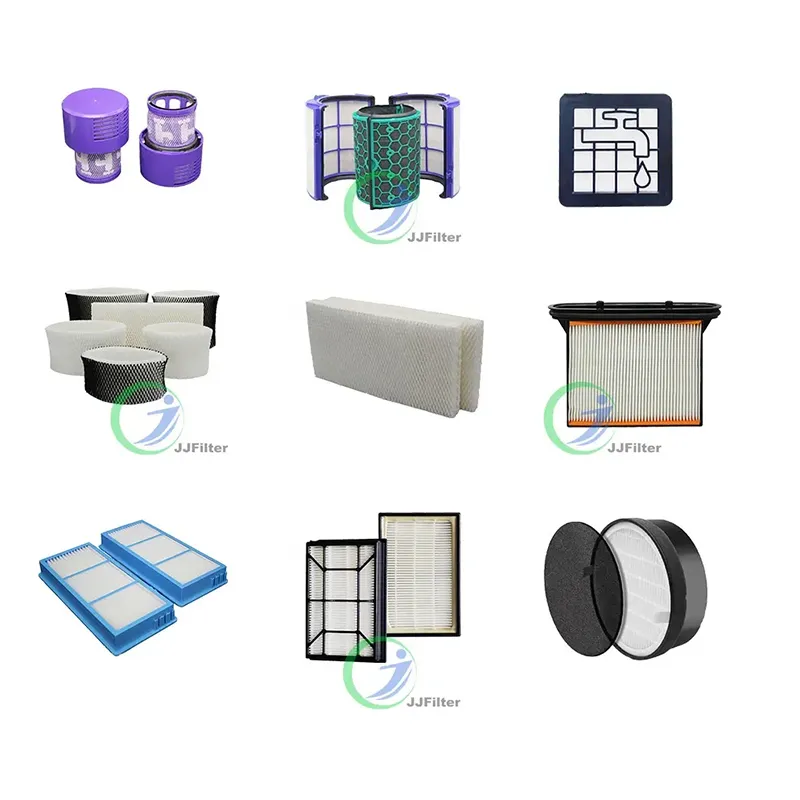Flexible Rubber Seal Strips for Optimal Weatherproofing and Insulation Solutions
अक्ट . 14, 2024 08:05 Back to list
Flexible Rubber Seal Strips for Optimal Weatherproofing and Insulation Solutions
The Versatility and Importance of Thin Rubber Seal Strips
In today’s world, effective sealing is essential for a myriad of applications, ranging from household uses to complex industrial systems. Among the various sealing solutions available, thin rubber seal strips stand out due to their versatility, durability, and ease of installation. This article explores the benefits, applications, and key considerations when selecting thin rubber seal strips.
What are Thin Rubber Seal Strips?
Thin rubber seal strips are flexible materials designed to fill gaps or joints between surfaces, preventing the ingress of moisture, dust, air, or noise. Made from various types of rubber, including silicone, EPDM, and neoprene, these strips can be tailored to meet specific requirements, including temperature resistance, UV stability, and resistance to chemicals.
Benefits of Thin Rubber Seal Strips
1. Effective Insulation One of the primary functions of thin rubber seal strips is to create an airtight barrier. This is particularly important in energy efficiency, as proper sealing can reduce heating and cooling costs by minimizing air leaks. Their insulating properties also help in noise reduction, making them ideal for applications in residential and commercial properties.
2. Corrosion and Weather Resistance Thin rubber seal strips offer excellent resistance to environmental factors. For example, EPDM rubber is known for its superior weatherability and can withstand harsh UV exposure without degrading. This makes it suitable for outdoor applications, including sealing windows, doors, and automotive parts.
3. Ease of Installation Many thin rubber seal strips come with adhesive backing, allowing for quick and easy installation without the need for specialized tools or skills. They can be cut to fit various lengths, making them adaptable to numerous applications. This convenience saves time and labor costs, especially in industrial settings.
4. Cost-Effectiveness Compared to other sealing solutions, thin rubber seal strips offer a more affordable option without compromising performance. Their longevity means fewer replacements over time, which further contributes to cost savings.
Applications of Thin Rubber Seal Strips
Thin rubber seal strips have a wide range of applications across various industries
thin rubber seal strip

1. Automotive In the automotive sector, these seal strips are crucial for preventing water and dust from entering vehicles. They are used around doors, windows, and hoods to ensure a comfortable and safe driving experience.
2. Construction In building applications, thin rubber seal strips are used in windows, doors, and roofing systems. They help to improve energy efficiency by reducing drafts and also protect against water leakage.
3. Electronics Sealing solutions are important in the electronics industry to protect sensitive components from dust and moisture. Thin rubber seal strips ensure that devices remain functional and reliable over time.
4. HVAC Systems For heating, ventilation, and air conditioning (HVAC) systems, maintaining a proper seal is vital for efficiency. Thin rubber seal strips help to prevent air leaks in ducts and around units, ensuring that systems operate effectively.
Key Considerations When Choosing Thin Rubber Seal Strips
When selecting the right thin rubber seal strips for your application, consider the following factors
1. Material Type Different rubber materials offer specific properties. For instance, silicone is excellent for high-temperature applications, whereas EPDM is preferred for outdoor usage due to its weather resistance.
2. Thickness and Width The dimensions of the seal strip play a crucial role in its sealing ability. It’s essential to choose a thickness that can adequately fill the gap while maintaining flexibility.
3. Adhesive Quality If opting for adhesive-backed strips, ensure that the adhesive is of high quality to guarantee a strong bond with the surfaces being sealed.
4. Environmental Factors Consider the environmental conditions where the seal strip will be used, including exposure to chemicals, UV light, and extreme temperatures.
In conclusion, thin rubber seal strips are an indispensable component in ensuring effective sealing in various applications. Their benefits of insulation, durability, and ease of installation make them ideal choices for a myriad of uses. Whether you are sealing a home, vehicle, or industrial machinery, investing in high-quality thin rubber seal strips is essential for achieving long-lasting results.
-
Premium Window Seal Strip Adhesive: Manufacturers & Suppliers
NewsAug.26,2025
-
Best Window Seal Strip Adhesive Companies: Strong, Durable Seals
NewsAug.25,2025
-
Karcher A2004 Wet & Dry Vacuum Filter: Premium Replacement Cartridge
NewsAug.24,2025
-
Premium Vacuum Filter for Karcher VC 4, VC 6, VC 7 & Tineco A10, A11
NewsAug.23,2025
-
Hi-Flo HF155 Oil Filter KTM 250 EXC Racing 03-06 | OEM 580.38.005.000
NewsAug.22,2025
-
Leading LED Neon Rope Light Outdoor Companies & Exporters
NewsAug.21,2025
